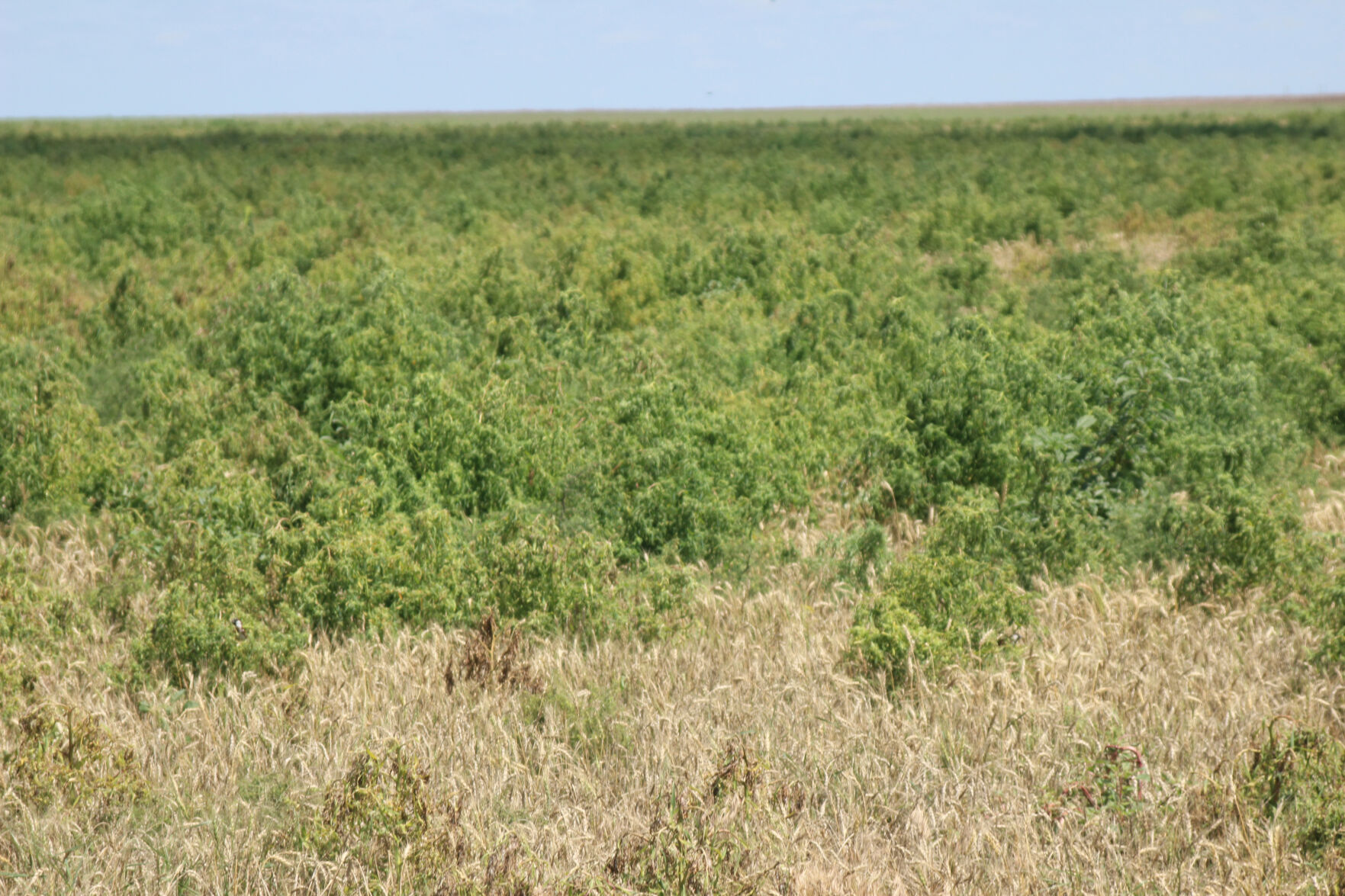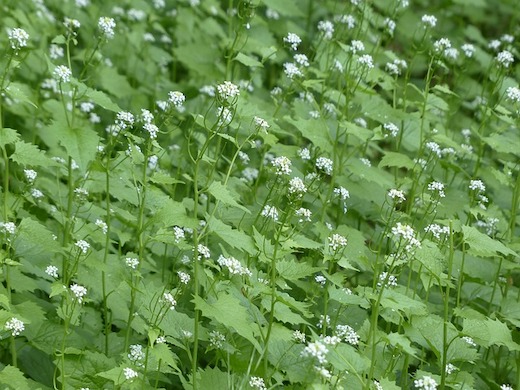Controlling mustard weeds may be key to spring crop yields, says K-State specialist

Lancaster urges scouting, timely application of herbicide
Kansas State University weed specialist Sarah Lancaster is urging producers to be on the lookout for rosette weeds in the mustard family, saying controlling those could be a key to producing a better yield in the coming season.
The mustards, she says, have two phases: One as a rosette close to the ground, and a flowering phase.

“That means they don’t have a stem; the leaves are all stacked up right on top of each other,” Lancaster said. “So it can be difficult to see that rosette unless you’re walking your fields, or you have a really bad problem.”
Controlling the weeds “will require good scouting and finding the right weather conditions to spray,” she said.
Despite the name, mustard weeds can be a variety of colors. Some are mustard yellow while others are white or purple flowering plants.
“Mustards are a large family of flowering plants, sometimes called the brassicas,” Lancaster said. “They have flowers that have four petals in the shape of a cross and a lot of them tend to smell bad because they have high sulfur content in the plant.”
Some examples of plants that are mustards include:
- Canola.
- Shepherd’s-purse.
- Field pennycress.
- Bushy wallflower.
- Pinnate tansymustard.
- Blue mustard.
- Wild mustard.
“If farmers know that they have a history of problems with these winter annual mustards in their fields, it would be a good idea to be walking fields and be on the lookout for mustard weeds,” Lancaster said.
Lancaster recommends spraying mustards when they are in rosette form because there is more leaf surface area to absorb the herbicides. Treating mustards this fall prevents crops from competing all winter, and should help to improve the yield of field crops in the spring. Lancaster suggests controlling mustards with herbicides.
“We often recommend Group 4 (plant growth regulating) herbicides such as 2,4-D and dicamba to control broadleaf weeds, but not all Group 4 herbicides are created equal,” Lancaster said. “2,4-D is more effective at controlling mustard species than dicamba, but it is important to be cautious of using 2,4-D in the fall because we want to make sure that wheat is fully tillered, otherwise the yield potential of the plant can be reduced.”
MCPA, Husky or Talinor are other herbicide options, in addition to Group 2 (ALS-inhibiting) herbicides like Glean, Olympus, or Powerflex. Lancaster warns that ALS-inhibiting herbicides are prone to developing herbicide resistance.
“We have populations of flixweed and bushy wallflower in Kansas that have developed resistance to ALS-inhibiting herbicides,” she said.
Mustard weeds can spread from neighboring fields, roadsides or a poorly managed field.
“Anytime we’re spraying herbicides, remember that they’re going to be most effective when the plants can take the herbicides in, and so this time of year, we need to be aware of temperatures in addition to dry conditions persisting in a lot of the state,” Lancaster said.
She said 50 to 60 degrees Fahrenheit is the ideal temperature for spraying weeds in the fall. Crop rotation is another method of weed control wheat producers can consider.
“It’s important to be walking fields to know what you have so that you can make accurate herbicide decisions going forward,” Lancaster said.



